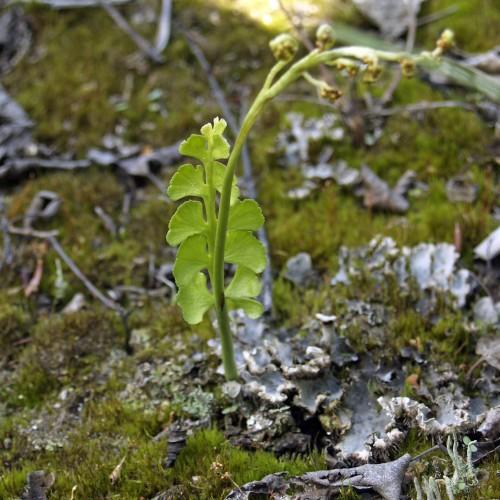
Alaska Moonwort
Botrychium alaskense
Watering:
Average
Hardiness Zone:
Flowers:
Flowers
Sun:
Sun, Partial Shade
Soil:
Sand, Loam
Fruits:
Fruits Ready In Fall.
Leaf:
Yes
Growth Rate:
Low
Drought Tolerant:
Yes
Salt Tolerant:
Yes
Care Level:
Medium
watering
Smooth Rockcress should be watered heavily and regularly during the spring and summer when it is actively growing. Water should be applied until the soil is moist all the way through, but should not be saturated. During the winter months, water only enough to keep the soil from drying out, usually once every 1-2 weeks. During periods of extreme drought or heat, this plant may need to be watered as often as every other day.
sunlight
Smooth Rockcress (Borodinia laevigata (Muhlenberg ex Willdenow) P.J. Alexander & Windham) prefers full sun to partial shade. For optimal growth, it should receive at least 4-6 hours of direct sunlight every day. It is also tolerant of high heat and drought. To encourage flowering, provide the plant with several hours of sun during the morning hours. If planted in a partially shaded location, ensure that it receives several hours of dappled sunshine per day. Avoid planting in excessively shady locations as this will reduce flowering and reduce the overall vigor of the plant.
pruning
Smooth Rockcress (Borodinia laevigata (Muhlenberg ex Willdenow) P.J. Alexander & Windham) plants do best when pruned early and lightly. Pruning can help maintain the height and shape of the plant, as well as promote new branching and more flowering. The best time to prune Smooth Rockcress is in early spring, just before it begins to flower. If this plant is not pruned annually, it will become leggy, sprawling, and potentially take over nearby plants. Prune Smooth Rockcress back to about half its original length, or to the desired height and shape. If it becomes too tall or wide, cut the stems to the desired shape and size. Remove spent flower heads in spring and summer as needed; this will help promote more flowers over the course of the season.
